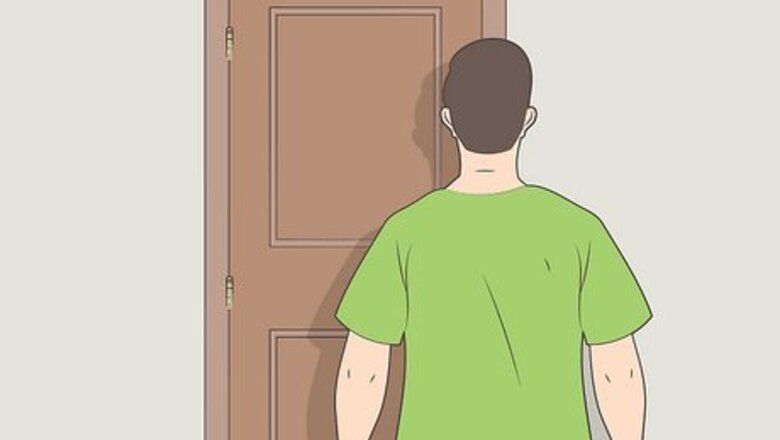
views
- A door is inswing if you’re facing it from outside and have to push it away from you to open it. It’s outswing if you have to pull it towards you.
- A door is left-handed if you’re facing it from outside and the hinges are on the left side. It’s right-handed if the hinges are on the right side.
- Install left-handed door levers on left-handed doors, and right-handed levers on right-handed doors.
Stand on the outside of the door while it’s closed.
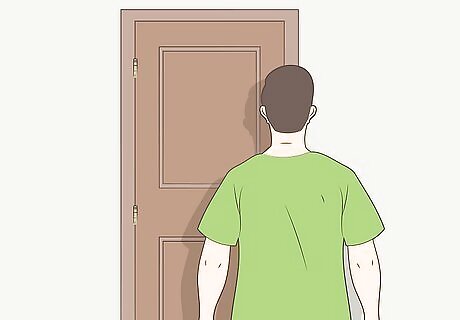
A door's outside is the side that faces you when you enter through it. For exterior doors, the outside is the side that faces the street. For interior doors, think about which room you would say you’re entering. For example, you’d enter your bedroom from the hallway, so the hallway side of the door is the outside. For another example, pretend you’re walking into an attached bathroom from a bedroom. The side of the door facing you in the bedroom is the outside.
Look at the direction the door opens.
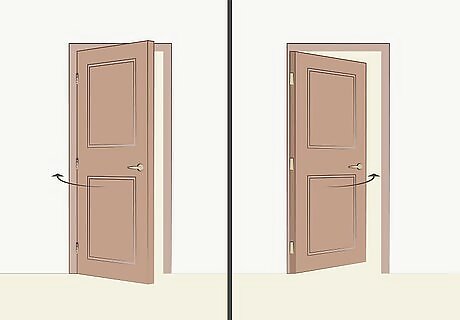
Open the door from outside and notice whether it swings in or out. If you had to push the door away from you to enter, it’s an inswing door (it swings inward). If you had to pull the door toward you to enter, it’s an outswing door (it swings outward). Exterior doors on homes are almost always inswing doors.
Find the location of the door hinges.
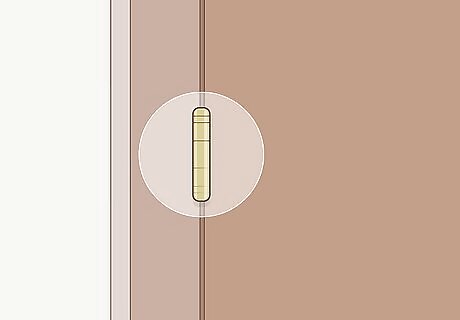
Hinges on the inside of the door indicate an inswing door. If you’re standing on the outside of the door and can’t see the hinges, that means they’re inside (they’d be visible if you were looking at the inside of the door). If the hinges are on the outside of the door, then it’s an outswing door.
Notice whether the hinges are on the left or right.
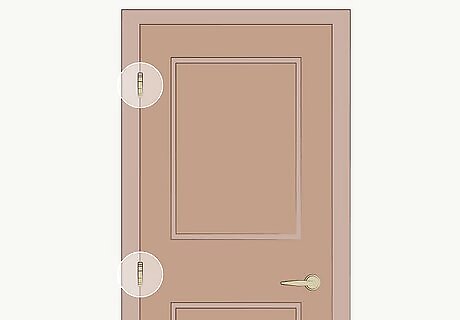
Hinges on the left of the door indicate a left-handed door. If they’re on the right, then the door is right-handed. Make sure you’re on the outside of the door before checking for handedness, otherwise you’ll have it backwards. The handedness (also called handing) of a door is not related to your own left or right hands or which side of the door the knob is located.
Do a door handedness test.
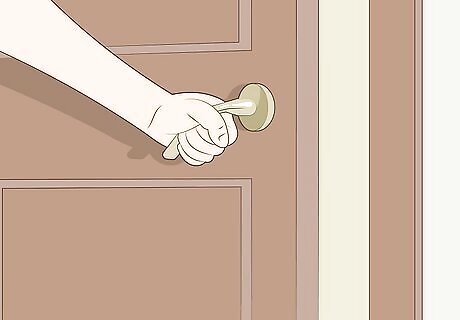
Check handedness by opening the door with one hand from outside. First, stand outside the closed door with your back turned toward the hinge side of the door frame. Grab the door handle with one hand without reaching across your body. Turn to face the door while still holding the knob and open the door: If you used your left hand and didn’t have to move to open the door, you have a left-handed inswing door. If you used your left hand and you had to step out of the way to open the door you have a left-handed outswing door. If you used your right hand and didn’t have to move to open the door, you have a right-handed inswing door. If you used your right hand and you had to step out of the way to open the door, you have a right-handed outswing door.
Combine swing and handedness terminology.
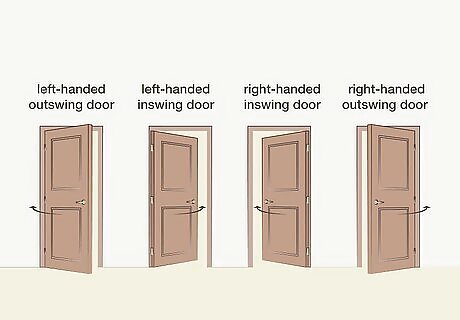
Describe a door by stating the handedness followed by the swing. For example, if a door is left-handed and opens inwards, call it a left-handed inswing door. If it’s right-handed and opens inward, call it a right-handed inswing door. If the door is left-handed and opens outward, call it a left-handed outswing door or a left-handed reverse door. If the door is right-handed and opens outward, call it a right-handed outswing door or a right-handed reverse door.
Use door levers that match your door's handedness.
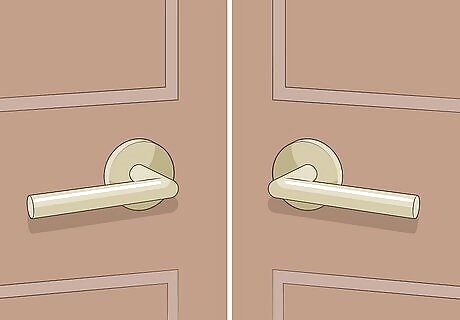
Asymmetric door levers or handles come left- or right-handed. If the door is left-handed (the hinges are on the left from the outside), then buy a lever that’s left-handed. If the door is right-handed (the hinges are on the right from the outside), use a right-handed lever. The handedness of a lever is the direction that the end of the lever points (almost always toward the hinges). Installing a lever that’s wrong-handed means you might have to pull the lever up to open the door, or the lever may stick out the wrong way over the door frame. Circular door knobs are reversible and you can turn most of them either way to open a door.

















Comments
0 comment